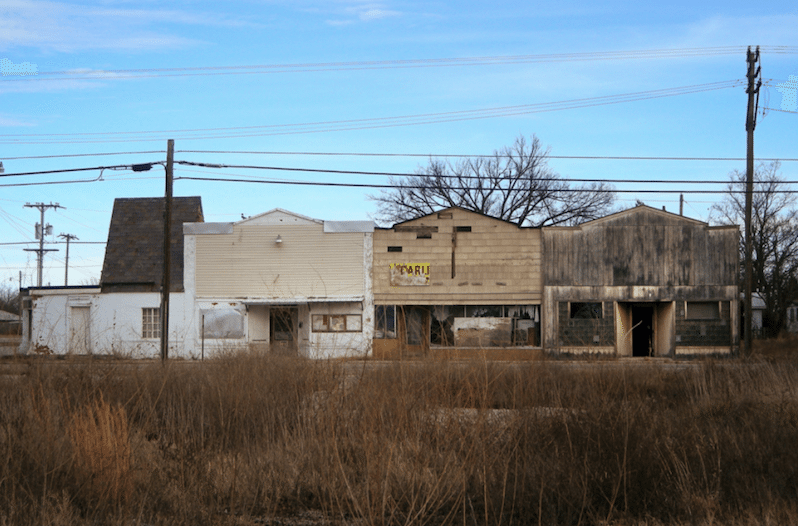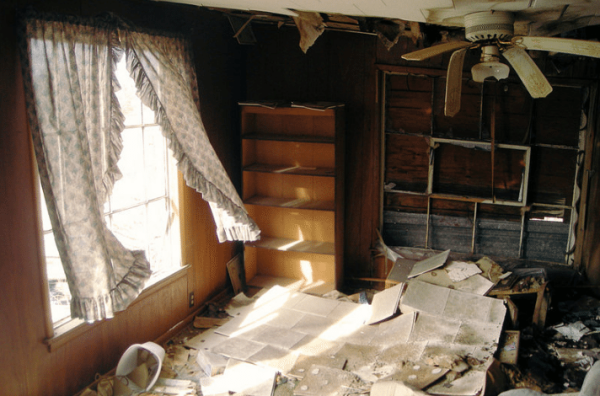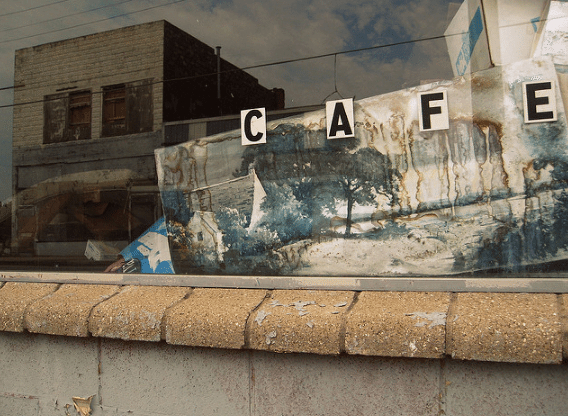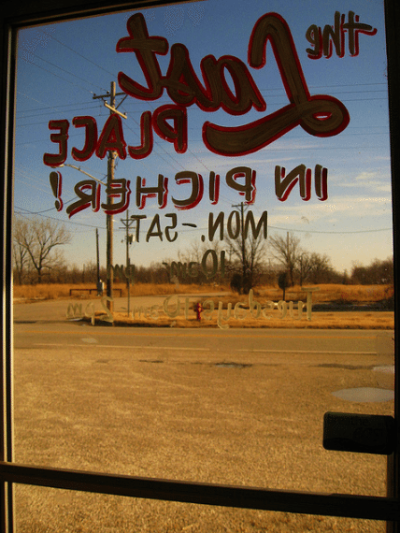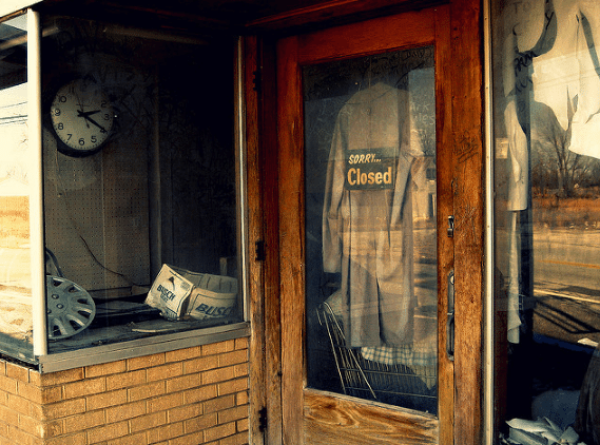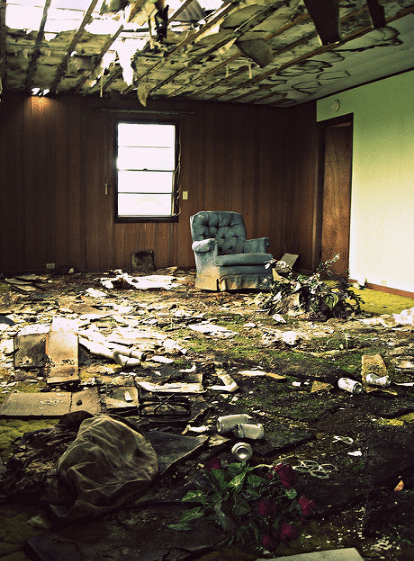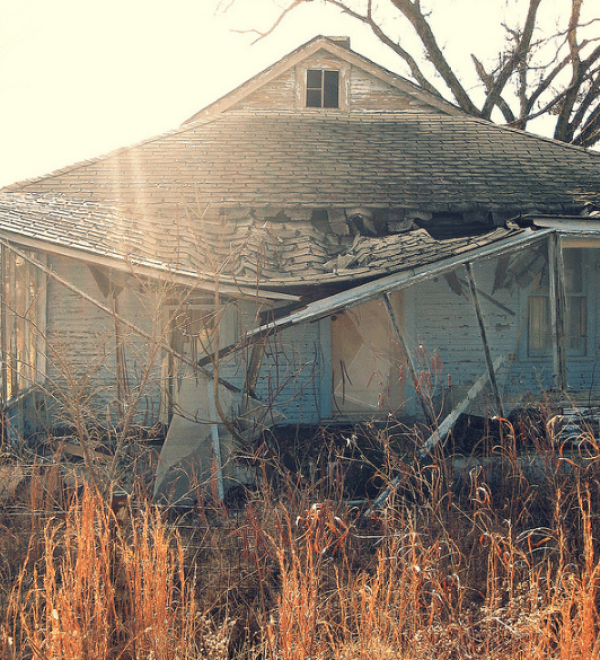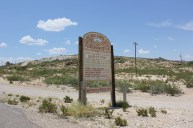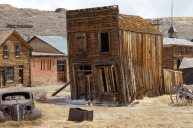Picher, located in Ottawa County in the state of Oklahoma, was once a quaint little American mining community. The town, which sits just a quarter-mile off of Route 66, was the national center of lead and zinc mining. Cars filled the streets. The Picher Lead Company was a thriving business. Neighborhood kids played in their yards. There were high school basketball games and church bake sales. Commerce was booming. It was a hardworking, typical small town in the United States.
Today, Picher is a ghost town in the truest sense of the term. The school closed down, and businesses shut their doors for good. In 2009, the Environmental Protection Agency evacuated the town, deeming it unlivable. The Picher area's population dropped from 1,640 to 20 in less than a decade.
'The Most Toxic Town in America'
The town of Picher, Okla became an incorporated community in 1920, with a population of 9,726. The town was built around lead and zinc mining. In fact, Picher mine shafts produced over half of the lead used to make bullets fired during World War I. The community's contribution to the war effort continued through World War II. The zinc ore mines continued to churn out the in-demand material. As a result, the town boomed.
Years of extracting ore from the earth lead to large piles of toxic waste from the mines scattered about the city. These contaminated mine tailings, tons of mill sand known as chat, have a severe impact on the environment and human health. The Picher area became a toxic place, the residents were exposed to the harmful toxins every time they stepped outside their door. But they had no idea of the hazards. Kids would ride their bikes up and down the chat piles. Some parents even used chat to fill their kids' sandboxes.
By the time the mining stopped in the 1970s, the damage was already done. The groundwater was contaminated with ridiculous levels of lead, and the mining-induced eroded soil made sinkholes and cave-ins a serious risk.
In 1983, the Federal government included the mining town as a Tar Creek Superfund site, a program to aid the communities of Picher and Cardin, Oklahoma. Federal authorities surveyed the area, identifying hazardous sites. The EPA designated funds to cap mine shafts and deliver clean water to the Picher community. But residents were already suffering the effects of the contamination. Over a decade after the Superfund was established, it was discovered that 63 percent of children were suffering from lead poisoning.
Read More: The 10 Eeriest Ghost Towns in America
A Look Inside
To make matters worse, a 2008 EF4 tornado tore through the town killing six people, leveling buildings on the main streets, and destroying over 100 homes. For most of Picher's remaining residents, it was the final straw. The EPA implemented a buyout for residents to relocate. Nearly everyone took them up on the offer.
Photographer Dan Watson captures the apocalyptic nature of Picher in a series of photos documenting the remnants of the ghost town.
The Burger Basket, which proudly proclaimed itself "the Last Place in Picher," was demolished in 2011.
Damaged houses littered with debris sit abandoned.
Guardians of the Apocalypse
Though Picher is a ghost town, a stalwart few have remained to keep watch over the remaining buildings and homes. These self-proclaimed "chat rats" live with the ghost of a town that once was. For them, Picher is the only home they've known, and their hometown pride is unshakable. Toxic air, sinking ground, and tornadoes can't drive them out.
And Picher's toxicity hasn't kept curious explorers from venturing through the wasteland. YouTube is full of videos of folks wandering the lonely streets and through Picher's abandoned buildings.
There's little hope that Picher will ever return to its former glory. The havoc wreaked on the small town will last for many lifetimes, long after the last chat rat leaves. But among the rusting cars and caving roofs is the spirit of a community that once thrived. It's a reminder to us all that hometowns are special and worth fighting for.
